Welcome to the captivating world of Astridia plants, where succulent enthusiasts like yourself can delve into the mesmerizing beauty of Astridia Velutina. These captivating plants belong to the Aizoaceae family and are sure to leave you in awe with their unique foliage and vibrant blooms. In this article, we will explore everything you need to know about growing your own Astridia plants and becoming a part of this enchanting succulent community.
Known for their fleshy leaves and striking daisy-like flowers, Astridia Velutina thrives in arid conditions and can store water in its foliage. Whether you are a seasoned succulent lover or a beginner looking to expand your collection, Astridia plants offer a world of possibilities.
From discussing the appearance and care requirements to discovering the propagation methods and addressing common pests and diseases, we will provide you with a comprehensive guide to successfully nurture and enjoy the growth and development of Astridia Velutina.
Appearance of Astridia Velutina
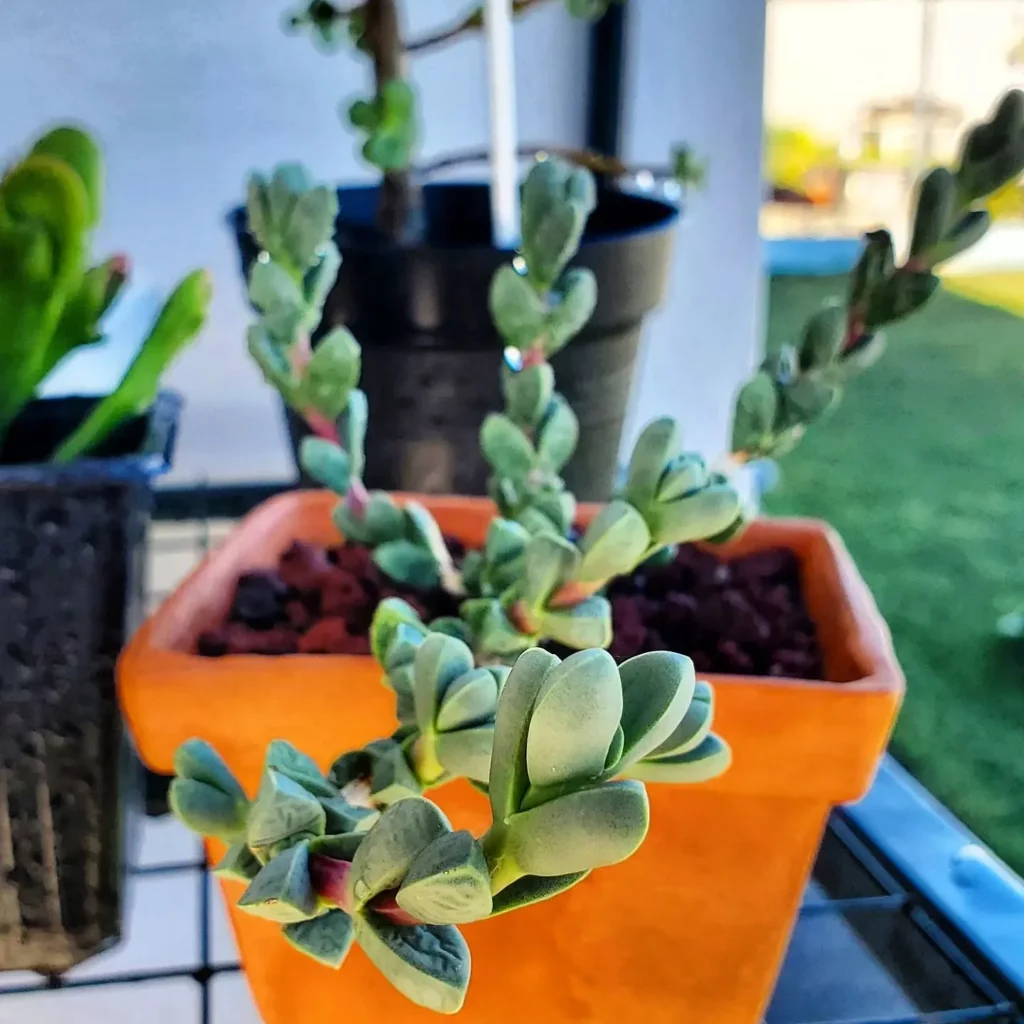
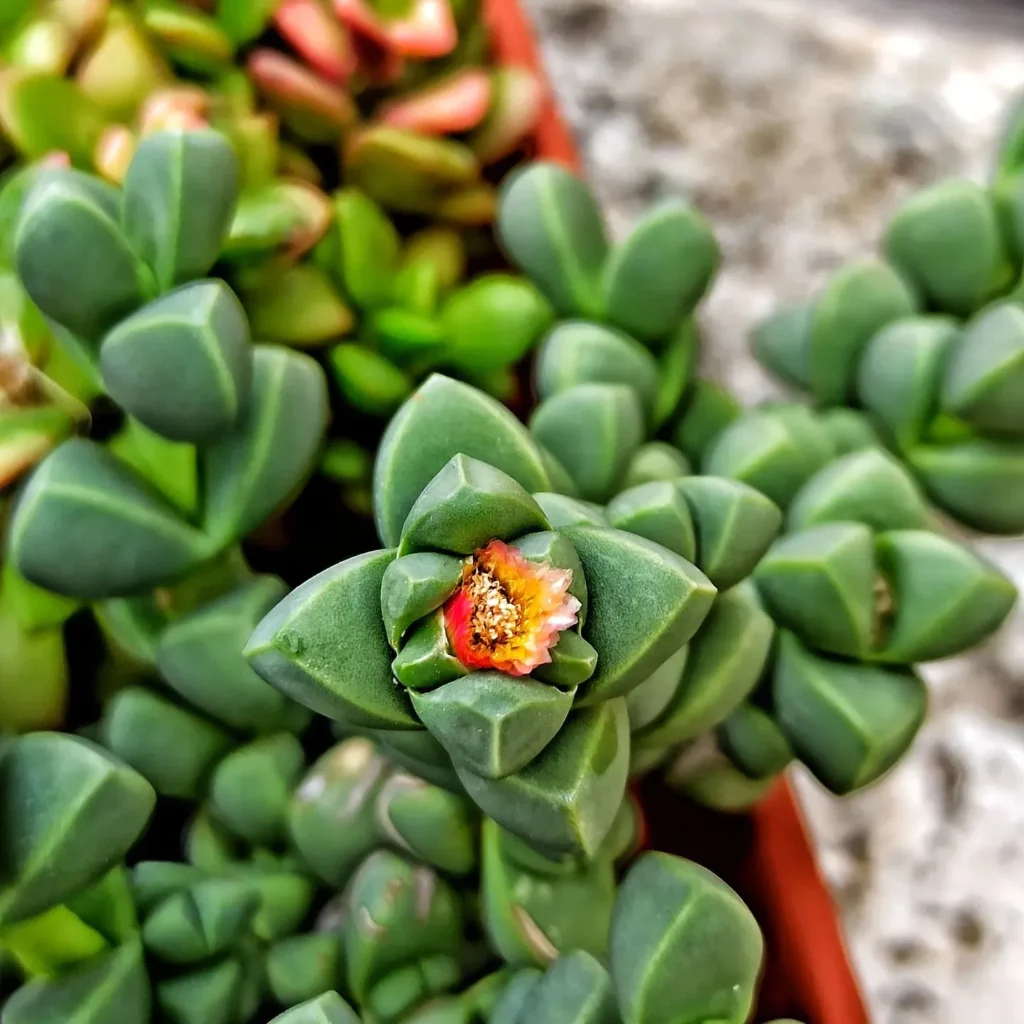
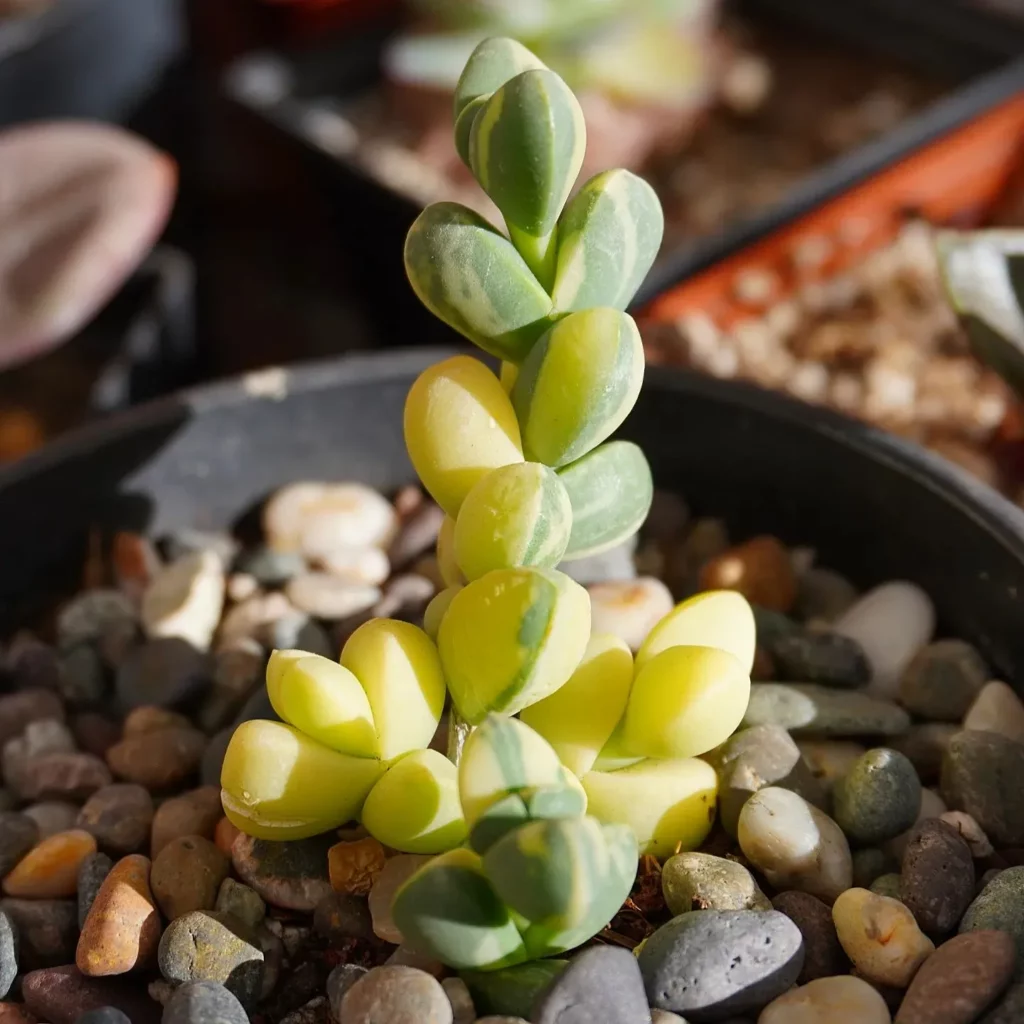
Astridia Velutina is a stunning example of the succulent flora. It exhibits a unique and captivating appearance, making it a favorite among plant enthusiasts. Let’s take a closer look at its distinct features:
- Fleshy Leaves: The elongated, triangular leaves of Astridia Velutina are not only visually appealing but also serve a functional purpose. These leaves are fleshy and have the remarkable ability to store water, allowing the plant to thrive in arid conditions.
- Daisy-like Flowers: One cannot help but be enchanted by the vibrant blooms of Astridia Velutina. The plant produces striking, daisy-like flowers that are a sight to behold. These flowers are bright yellow in color, adding a burst of cheerfulness to any space.
With its unique foliage and stunning flowers, Astridia Velutina is a true testament to the beauty and resilience of succulent plants.
Light Requirements for Astridia Velutina

If you’re a succulent enthusiast looking to add some captivating plants to your collection, then Astridia Velutina is a must-have. This stunning plant species thrives in arid conditions and has unique light requirements that allow it to flourish.
Sunlight: Astridia Velutina requires plenty of sunlight to thrive. It’s important to place your plant in a location where it can receive direct sunlight for at least a few hours each day. A sunny windowsill or a spot outdoors with ample sunlight is ideal.
Well-Drained Soils: To ensure the health and growth of your Astridia Velutina, it’s essential to provide it with well-drained soils. These plants prefer soil that allows excess water to drain freely, preventing waterlogged roots. Using a succulent potting mix or adding perlite to regular potting soil can improve drainage.
Thrive in Arid Conditions: One of the remarkable qualities of Astridia Velutina is its ability to thrive in arid conditions. These plants have adapted to storing water in their fleshy leaves, allowing them to withstand dry environments. Along with their preference for well-drained soils, Astridia Velutina is highly suitable for regions with low humidity or areas that experience drought-like conditions.
Watering Astridia Velutina

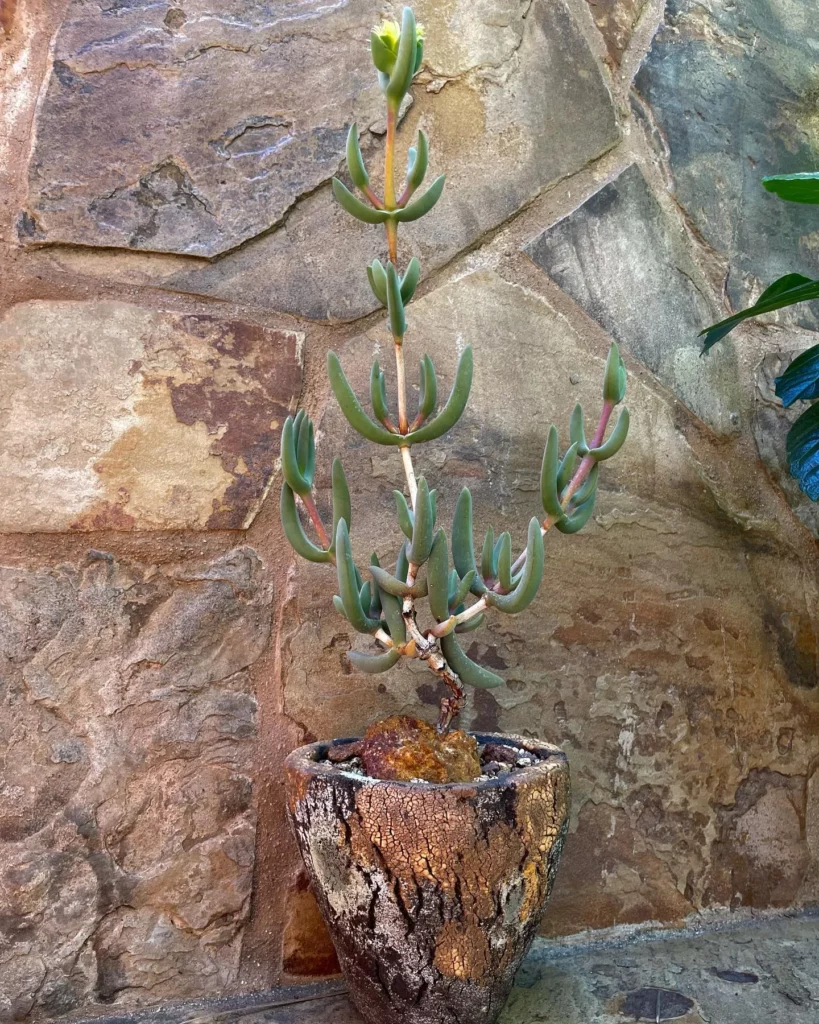

Proper watering is crucial for the health and well-being of your Astridia Velutina plant. Follow this comprehensive watering guide to ensure your plant thrives:
1. Well-Draining Soil
Use well-draining soil specifically formulated for succulents. This type of soil allows excess water to flow through, preventing waterlogging and root rot.
2. Wait for Dry Soil
Avoid overwatering your Astridia Velutina by waiting for the soil to completely dry out before watering again. Stick your finger about an inch into the soil – if it feels dry, it’s time to water.
3. Water at the Base
When watering, apply water directly at the base of the plant. This helps prevent water from sitting on the leaves, which can lead to fungal diseases. Water slowly and evenly to ensure thorough hydration.
4. Avoid Overwatering
Overwatering is one of the most common mistakes succulent enthusiasts make. Remember to always err on the side of underwatering rather than overwatering. Astridia Velutina thrives in arid conditions and can tolerate dry spells.
- Water thoroughly but infrequently to mimic natural rainfall patterns.
- Take note of the time it takes for the soil to dry out completely and adjust your watering schedule accordingly.
- Avoid leaving standing water in the saucer or tray beneath the pot to prevent root rot.
No products found.
Fertilizing Astridia Velutina
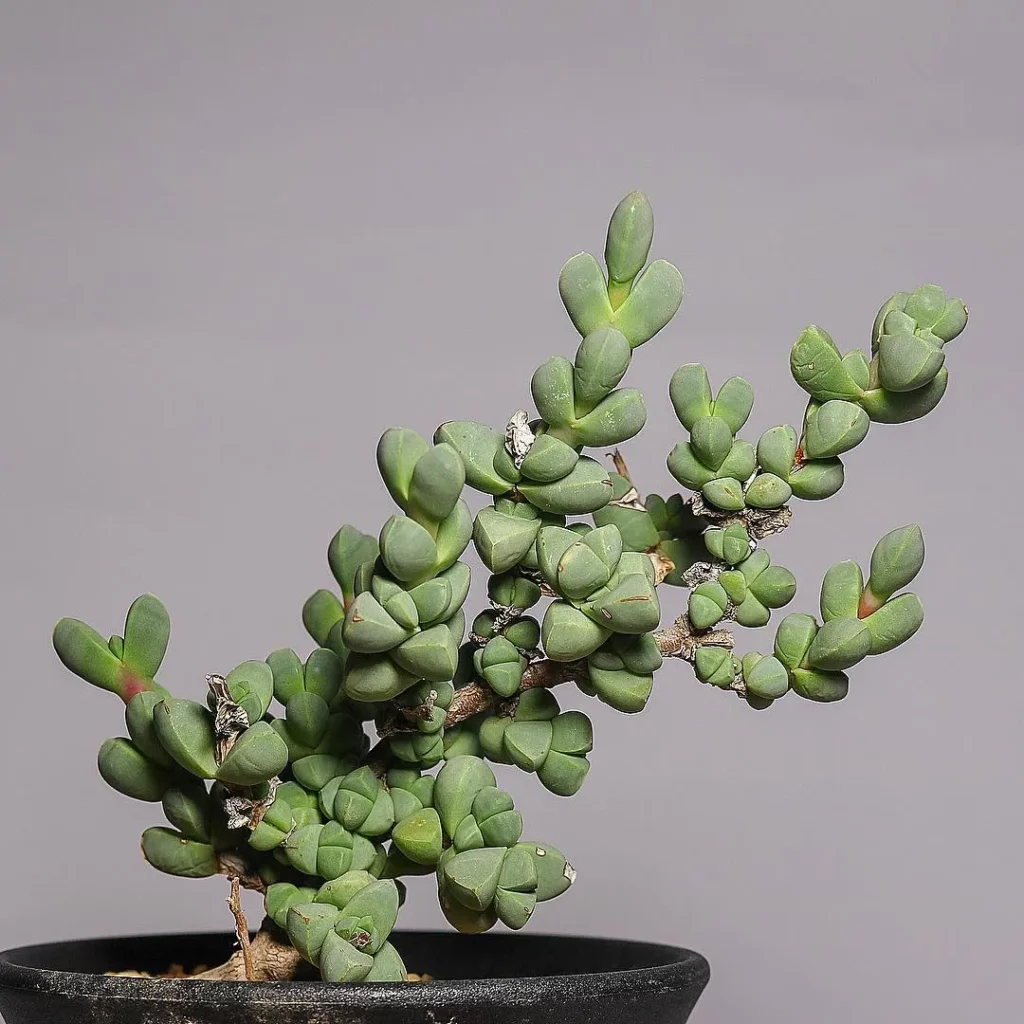
Astridia Velutina, like other succulent plants, has relatively low nutrient needs. However, providing the right amount of fertilizer can help ensure its proper growth and overall health. Here are some tips for fertilizing your Astridia Velutina:
- Choose a succulent fertilizer specifically formulated for cacti and other succulent plants. These fertilizers are designed to meet the nutrient needs of succulents, including Astridia Velutina.
- Follow the package instructions for the succulent fertilizer. Each brand and type of fertilizer may have different application rates and schedules. It’s important to read and follow the instructions carefully to avoid over-fertilizing the plant.
- Apply the succulent fertilizer during the growing season, which is typically spring and summer. This is when Astridia Velutina is actively growing and can benefit from the additional nutrients.
- Use a diluted fertilizer solution to prevent fertilizer burn. Mix the recommended amount of fertilizer with water according to the package instructions.
- Water the plant thoroughly before applying the fertilizer. This helps prevent any potential damage to the roots caused by dry soil.
- Apply the diluted fertilizer solution directly to the soil, avoiding the leaves and stem of the plant. This ensures that the nutrients are absorbed by the roots.
- Monitor the plant for any signs of over-fertilization, such as foliage discoloration or wilting. If you notice any negative effects, stop fertilizing and flush the soil with water to dilute the excess nutrients.
Potting Astridia Velutina
When it comes to potting Astridia Velutina, the right choice of pots and soil can make all the difference. To ensure proper drainage and create a suitable environment for your plant to thrive, follow this simple potting guide.
No products found.
-
Choose well-draining pots: Opt for pots with drainage holes at the bottom to prevent waterlogged soil, which can lead to root rot. Terra cotta or ceramic pots are great options as they allow for better airflow.
-
Use a succulent potting mix: Astridia Velutina prefers soil that drains quickly. Use a succulent potting mix or create your own by combining equal parts of regular potting soil, perlite, and coarse sand.
-
Potting depth: When repotting, make sure the plant is potted at the same depth as before. This will help prevent stem rot and maintain the plant’s stability.
Propagation of Astridia Velutina
If you want to expand your collection of Astridia Velutina plants, you’ll be glad to know that propagating them is relatively straightforward. There are two main propagation methods you can try: using cuttings or sowing seeds.
- Propagation Methods Using Cuttings: Take stem cuttings from a healthy Astridia Velutina plant. Make sure to use a clean, sharp knife or pruning shears to prevent any damage or infection. Allow the cuttings to callous for a few days to minimize the risk of rot. Then, plant the calloused cuttings in well-draining soil, ensuring that they are positioned securely and upright. Keep the soil moderately moist until the cuttings take root and show signs of new growth. This method allows you to create new plants that are genetically identical to the parent plant.
- Propagation Methods Using Seeds: Another option is propagating Astridia Velutina from seeds. Start by obtaining fresh seeds from a trusted source. Sow the seeds in well-draining soil, gently pressing them into the surface without burying them too deep. It’s important to keep the soil consistently moist but not waterlogged to facilitate germination. Place the container in a warm and well-lit area, preferably with indirect sunlight. Be patient, as germination can take several weeks to months depending on various factors such as temperature and seed viability.
No products found.
Growth and Development of Astridia Velutina
Astridia Velutina, a captivating succulent plant species, exhibits a moderate growth rate, ultimately reaching a size of several feet when fully mature. Its growth and appearance are influenced by various factors, such as growing conditions and care.
To better understand the growth and development of Astridia Velutina, here are some key points:
- Growth Rate: Astridia Velutina has a moderate growth rate, gradually increasing in size over time. Patience is essential when cultivating this unique plant, as it takes time to reach its full potential.
- Size: When fully mature, Astridia Velutina can grow to a few feet tall. However, it’s important to note that the actual size may vary depending on factors like available space, container size, and cultivation techniques.
- Maturation: Astridia Velutina undergoes a maturation process as it grows. With proper care and favorable conditions, the plant develops into a stunning centerpiece, showcasing its distinctive foliage and vibrant blooms.
Common Pests and Diseases of Astridia Velutina
Astridia Velutina, like many plants, is susceptible to certain pests and diseases. It’s essential to be aware of these potential issues and take appropriate measures to protect the health and vitality of your plant. The two common pests that can affect Astridia Velutina are mealybugs and scale insects.
Pest Management
Effective pest management is crucial to prevent the infestation of mealybugs and scale insects on your Astridia Velutina plant. Here are some methods you can employ:
-
Systemic insecticides: You can use a systemic insecticide specifically formulated for succulent plants. Follow the instructions provided on the product packaging for best results.
-
Manual removal: Carefully inspect your plant for the presence of mealybugs or scale insects. If you spot any, use a cotton swab dipped in rubbing alcohol to gently remove them from the leaves and stems. Take care not to damage the plant while doing so.
Signs of Disease or Rot
In addition to pests, it’s important to be vigilant for any signs of disease or rot in your Astridia Velutina plant. Early detection and proper action can help prevent the spread of infections and keep your plant healthy. Here are some signs to watch out for:
-
Yellowing or browning of leaves
-
Wilting or drooping of stems
-
Soft, mushy spots on the plant
Conservation Efforts for Astridia Velutina
Protecting biodiversity and mitigating the threats posed by habitat degradation, invasive species, and climate change is crucial for the conservation of Astridia Velutina and other succulent species in southern Africa.
- Biodiversity Conservation: Recognizing the importance of preserving the unique biodiversity of Astridia Velutina, conservation organizations and researchers are working to raise awareness and implement measures to safeguard its natural habitat.
- Habitat Degradation: The degradation of natural habitats due to factors like urbanization, agriculture, and deforestation poses a significant threat to the survival of succulent flora, including Astridia Velutina. Efforts are being made to restore and protect these habitats to ensure the long-term survival of these species.
- Climate Change: As climate change continues to impact ecosystems worldwide, the resilience of succulent species like Astridia Velutina is put to the test. Research and conservation initiatives are focused on understanding the specific vulnerabilities of these plants and developing strategies to mitigate the effects of climate change.
Appreciating the Beauty of Astridia Velutina
Astridia Velutina, a remarkable succulent species, exemplifies the resilience and adaptability of plants thriving in arid habitats. With its unique foliage and vibrant blooms, Astridia Velutina captivates the eye and symbolizes the unparalleled beauty that nature has to offer.
The plant’s foliage is truly extraordinary. Its elongated, triangular leaves, covered with a smooth layer of tiny hairs, create a visually stunning effect. The fleshy nature of these leaves allows Astridia Velutina to store water, enabling it to endure and flourish in arid conditions.
But the true showstopper of Astridia Velutina is its vibrant blooms. These daisy-like flowers, radiant in their bright yellow hue, add a burst of color to any landscape. As they blossom during the day, they serve as a reminder of nature’s resilience and ability to thrive under challenging circumstances.
Understanding and appreciating the beauty of Astridia Velutina is essential for the conservation of biodiversity. By recognizing the value of these unique succulent species, we can contribute to the preservation of their habitat and ensure that future generations can experience the awe-inspiring sight of their vibrant blooms and remarkable foliage.
FAQ
What is Astridia Velutina?
Astridia Velutina is a mesmerizing plant species belonging to the Aizoaceae family. It is a perennial, succulent plant that grows in a shrubby formation. The leaves are elongated, triangular in cross-section, and covered with a smooth layer of tiny hairs. The plant blooms with striking, daisy-like flowers that are bright yellow in color.
How does Astridia Velutina appear?
Astridia Velutina has unique foliage with elongated, triangular leaves that are covered in tiny hairs. The leaves are fleshy and can store water, allowing the plant to thrive in arid conditions. The plant blooms with striking, daisy-like flowers that are bright yellow in color.
What are the light requirements for Astridia Velutina?
Astridia Velutina requires plenty of sunlight to thrive. It is best grown in well-drained soils and can tolerate and even thrive in arid conditions, making it an excellent choice for succulent enthusiasts.
How should I water Astridia Velutina?
When watering Astridia Velutina, it’s essential to use well-draining soil and pots. Wait until the soil has completely dried out before watering again to avoid overwatering. Water at the base of the plant, applying water slowly and evenly across the surface of the soil.
What are the fertilizing requirements for Astridia Velutina?
Astridia Velutina has relatively low nutrient needs. Fertilize the plant with a succulent fertilizer according to the package instructions. It’s essential not to over fertilize, as this can cause harm to the plant.
How should I pot Astridia Velutina?
Plant Astridia Velutina in well-draining pots to ensure proper drainage. When repotting, use a succulent potting mix and make sure the plant is potted at the same depth as before. Repotting should be done every 1-2 years or when the plant has outgrown its current pot.
How can I propagate Astridia Velutina?
Astridia Velutina can be propagated from cuttings or seeds. Take stem cuttings and allow them to callous before planting in well-draining soil. Seeds can also be sown in well-draining soil and kept moist until germination occurs.
How large does Astridia Velutina grow?
Astridia Velutina has a moderate growth rate and can reach a size of up to a few feet tall when fully mature. The plant’s size and appearance will vary depending on growing conditions and care.
How do I manage pests and diseases for Astridia Velutina?
Astridia Velutina can be vulnerable to pests such as mealybugs and scale insects. Use a systemic insecticide or manual removal techniques to manage these pests. Additionally, keep an eye out for any signs of disease or rot and take appropriate action if necessary.
Are there conservation efforts for Astridia Velutina?
At the time of writing, Astridia Velutina is not listed in the IUCN Red List. However, habitat degradation, invasive species, and climate change pose threats to the native succulent flora in southern Africa. Conservation efforts are crucial to protect the unique biodiversity of Astridia Velutina and other succulent species.
What is the significance of appreciating Astridia Velutina?
Astridia Velutina showcases the resilience and adaptability of succulent species. With its unique foliage and vibrant blooms, it represents the unparalleled beauty found in arid habitats. Appreciating and understanding the value of these species is vital for biodiversity conservation efforts.





